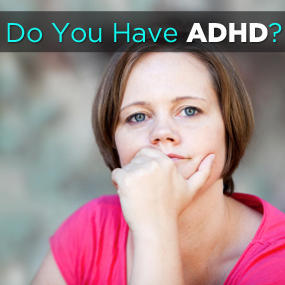Greetings everyone! Today I'm featuring a guest post from Nathan Latka, CEO at Heyo.com. He's going to share with us a great product that will help you achieve sustainable social media success on Facebook. Let me know in the comments if you think this is useful information!
Kelly
DiNisco is a Heyo customer and the Digital Marketing Manager at Rachel Ashwell
Shabby Chic Couture.
Kelly
was looking for a way to generate additional engagement on the brand's Facebook
page without spending money on advertising. She used Heyo’s Refer a Friend campaign to launch a “Win Luella Bedding” contest.
To
win, participants would have to enter in order to get a link. This link is
unique to each entrant. Entrants use the link to market the campaign to their
networks which drives clicks and engagement back to Shabby Chic.
This is How Kelly Generated 2256 Views With No Ad Spend
Using
the Refer a Friend campaign, Kelly began by customizing the campaign to match
the Shabby Chic brand.
When participants enter,
they are automatically given a custom link and added to the leaderboard. This
leaderboard is a critical piece to driving additional views and engagement.
Because humans are
naturally competitive, showcasing the leaders in a leaderboard encourages
everyone else to continue getting their friends to enter the campaign in an
effort to win.
Additionally,
the countdown Kelly included encourages participants to enter the campaign
immediately as opposed to waiting. If you want to generate action and
engagement, you must create urgency with a countdown widget – we’ve seen this
prove out across thousands of campaigns. Urgency drives higher conversion
rates.
How You Can Copy Kelly’s Genius Campaign
Click here and put in your name, email, and create
a new password to use the Refer a Friend campaign just like Kelly did.
Your friends will
thank you for sharing a high converting case study with them. Don’t forget to
like, share, and tweet this article.
Author
Bio
Nathan
is CEO and Co-Founder of Heyo. Nathan has worked with over 100,000 business
owners looking to start businesses that grow into industry leaders. He's most
passionate about empowering business owners with easy to use marketing tools.


















